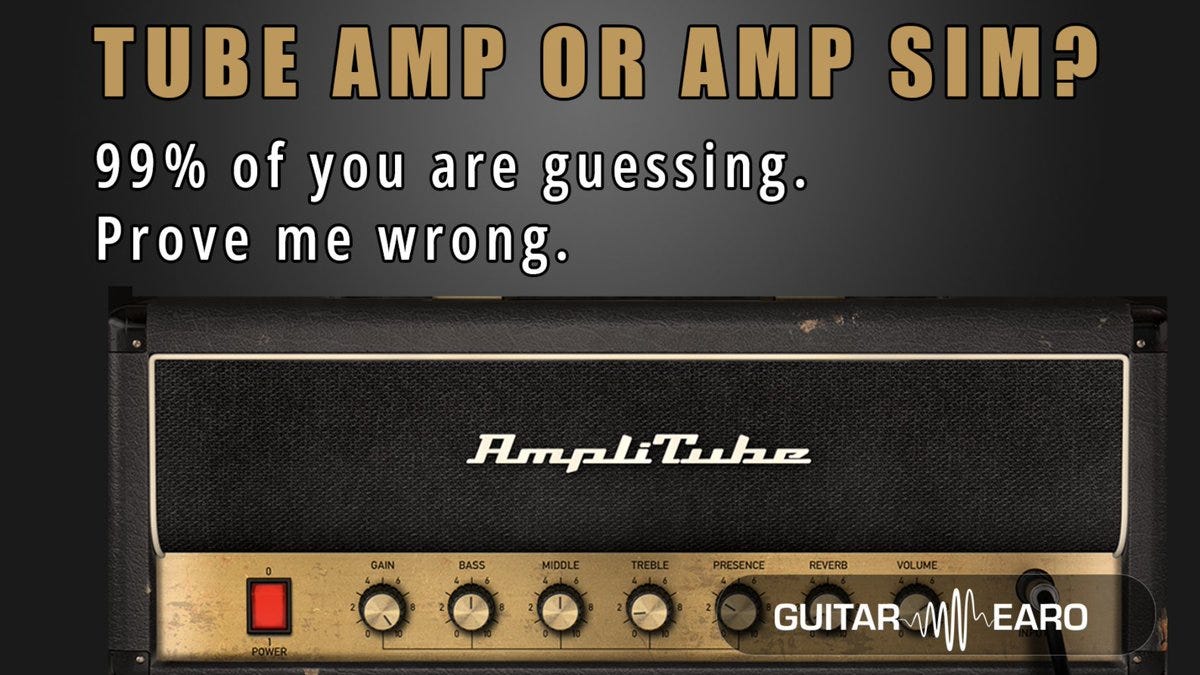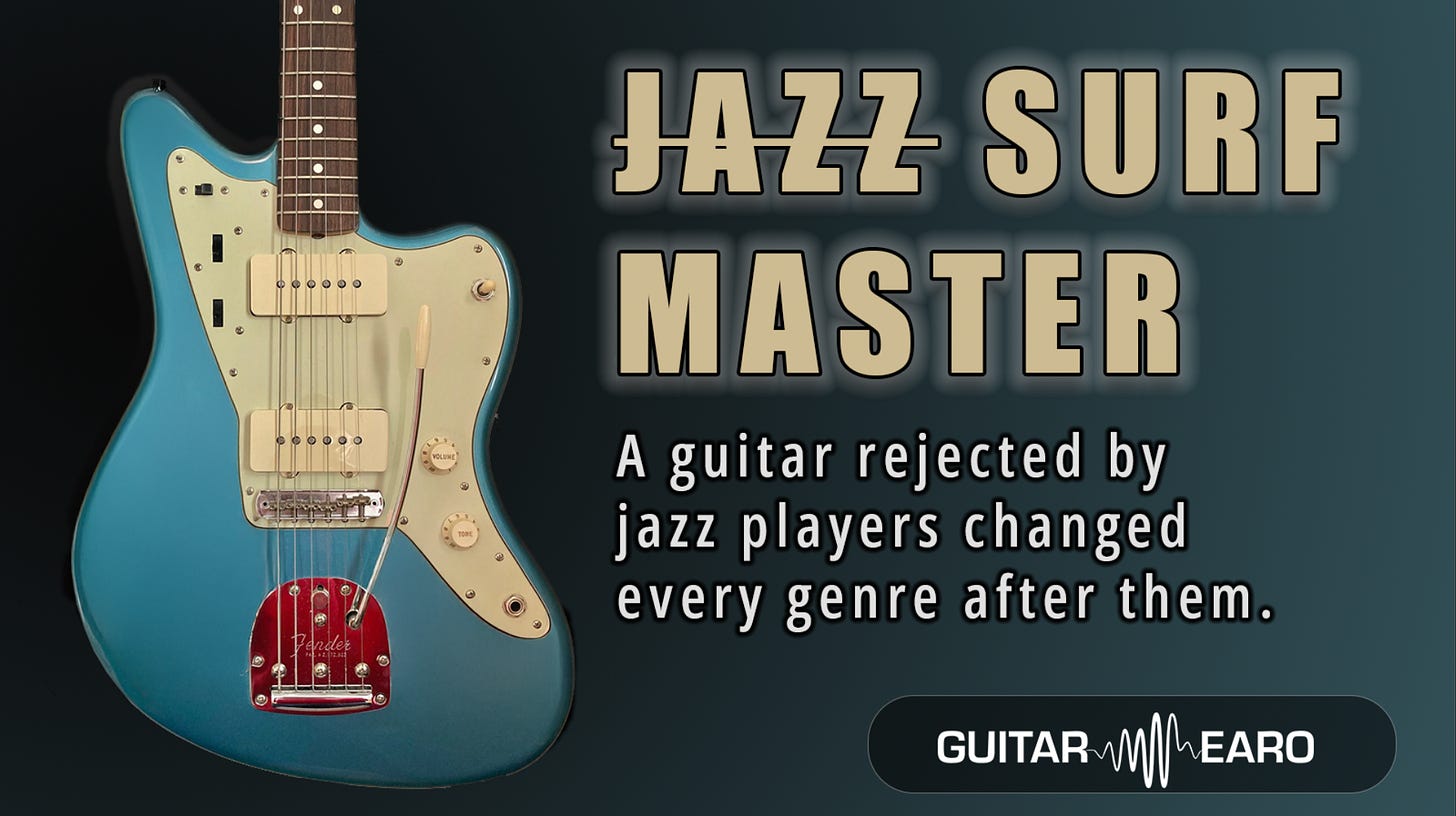Ask any group of Strat and Tele players about sustain, and you’ll hear two familiar claims:
“Hardtails sustain forever.”
“Tremolos suck energy.”
The idea makes intuitive sense: hardtails are fixed, while trem systems float on springs and screws. But how much difference does the bridge actually make?
Let’s separate the physics from the folklore.
The Mechanics
A floating tremolo bridge is not a solid anchor point.
The strings pull forward.
Springs in the back cavity pull backward.
The bridge plate balances in between.
When the string vibrates, some of its energy is inevitably transferred into the spring system. This makes the trem behave like a damped oscillator, an energy sinkhole compared to a fixed hardtail.
So yes, there is energy loss. The real question is: how much?
The Measurements
Controlled tests on near-identical guitars give us numbers:
Open G on a hardtail: ~7.5 seconds of sustain
Open G on a tremolo: ~7.0 seconds
That’s about a 7% reduction.
Enough to measure. Enough that some players claim to “feel” it. But hardly the gulf of legend.
The Spring Factor
Where things get interesting is in the trem’s resonant frequency.
On a Strat-style system, the spring assembly tends to oscillate around 3–4 Hz. If a note’s decay aligns with that resonance, energy drains more rapidly.
This can produce the infamous Strat dead spot, often found on the G string around the 5th–7th fret. It is not that the guitar has no sustain, but rather that specific notes interact destructively with the spring resonance.
The Player’s Perspective
Beyond sustain length, players notice feel:
Hardtails: More immediate, direct, and solid under the fingers.
Trems: More elastic, bouncy, and “slinky,” since the bridge itself shifts slightly with vibrato and bends.
Neither is inherently “better.” Consider David Gilmour’s Black Strat: one of the most iconic sustaining guitars of all time, equipped with a trem.
The Real Conclusion
A tremolo bridge may shave off a few percent of sustain. But it will not “kill your tone.”
Far bigger factors are:
Overall build quality
Neck stiffness
Setup and string gauge
Pickup voicing and height
The bridge design is only one piece in a much larger puzzle.
Takeaway
Hardtails offer marginally more sustain and a firmer feel.
Trems lose a touch of energy but add expressive elasticity.
The difference is real but subtle compared to the myths.
Ultimately, tone comes from the whole system, not one piece of hardware.
If you enjoyed this myth-busting dive, subscribe to Guitar Earo on Substack for more technical explorations of guitar physics and design.
🎸 Learn the Tone. Save the Sound.




